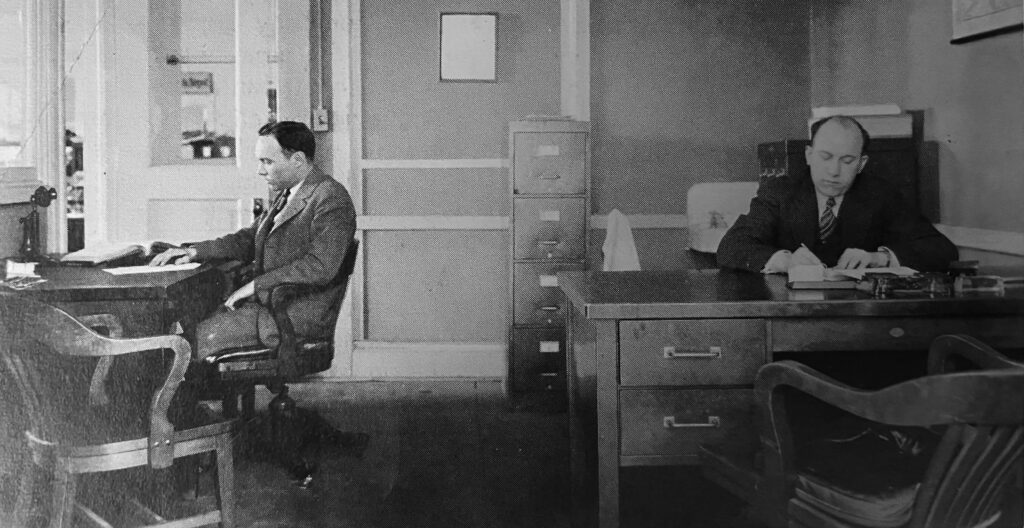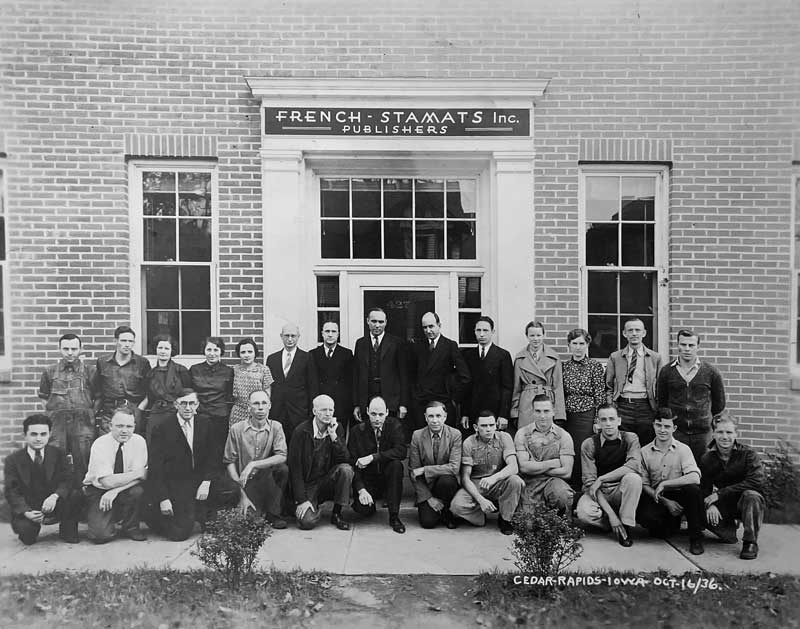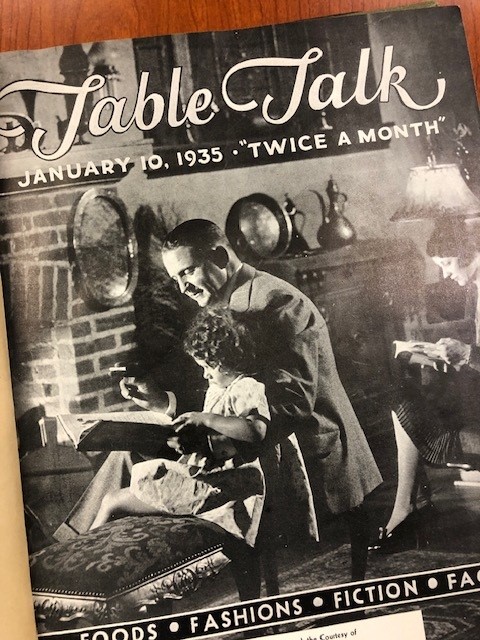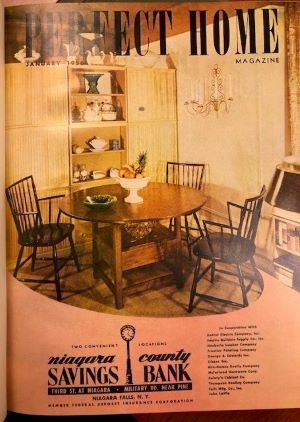
Bill Stamats
October 12, 2023
In 1923, Frank French was a 29-year-old clothing store advertising manager. Newly married, 25-year-old Herbert Stamats was a World War I veteran and worked in a shoe store. Combining their resources, these two young men started a syndicated advertising service for small retail clothing and shoe stores. Under the name French-Stamats Company, they created, sold, and serviced these store programs on a national basis from a tiny office space on the banks of the Cedar River.

The two men had hit upon a relatively new concept—direct mail advertising. The French-Stamats Company grew rapidly and, according to a Des Moines Register article, had become the largest national direct mail service in the U.S. within their first four years. New business meant a greater need for publishing equipment so by 1927, French-Stamats had acquired Rapid Press in Cedar Rapids, and Guthrie Publishing in Chicago.
“Direct mailing was in its infancy and French-Stamats got in on the ground floor,” said Peter S. Stamats, current Stamats president and CEO. “They were successful because of their willingness to try different concepts, accepting both the risk and the reward.”
Throughout the long length of the Great Depression, the French-Stamats Company found a way to succeed and grow, continuing to maintain their nationwide sales force in more than 35 states. Often finances were tight, and stories persist of payroll occasionally maintained through French and Stamats’ own finances. It was soon obvious that their biggest problem was the location of their offices.

Located within an old YMCA building, the offices were small, and the basement pressroom was damp and subject to flooding. In March 1929, more than six feet of water flooded the stock room, destroying over $20,000 of equipment and paper stock.
But it took another six years, in July 1935, before the company could move into its own new building on Sixth Avenue SE. Though only a small portion of our present headquarters, this new building’s design and construction fit the company’s specialized needs for offices and publishing.
In 1934, Frank French moved to New York City to handle eastern activities for the growing company. Tragically, only 18 months later, French died suddenly, and Herbert Stamats took over as sole proprietor. The company continued to operate as French-Stamats Company until 1944 when the name changed to Stamats Publishing Company.
Browse all our centennial blogs on our 100-years website.

French and Stamats’ modestly successful syndication plan included a variety of small store programs, such as Table Talk used by voluntary chains of retail grocers, and Birthday Listing Service for jewelers, florists, and hotels to use for direct mail campaigns. The bulk of these programs were strictly advertising, but some also held the germ of another idea—syndicated publications to help build goodwill for their sponsors.
In October 1934, the company developed Perfect Home, its first magazine-type public relations program in the home ownership field. Designed to provide an attractive, informative, and effective PR publication, Perfect Home had the simple purpose of building goodwill through background selling and word-of-mouth referrals rather than product advertising.

Sponsors with sterling reputations were selected in cities across the country. Each sponsor received personalization on the magazine’s cover, which involved control of the imprinting process. By 1938, growth in the company’s business volume made expansion essential, and a second addition was added to their publishing plant. In 1939 came the installation of their first two-color letterpress, and another expansion became necessary, completed in 1947.
In 1942, French-Stamats purchased two monthly trade magazines: the National Real Estate Journal established in 1909, circulating nationally to real estate organizations, and Buildings and Building Management, established in 1906, which circulated nationally to owners and managers of office buildings. Published in the Cedar Rapids plant, both publications maintained offices in the Chicago Board of Trade building.
“Successful businesses are the result of a multitude of right, little decisions, of handling properly time after time the little crises.”
Herbert Stamats in a speech to the National Association of Real Estate Boards in New Orleans, January 1941
Related reading: 2013-2023: The Digital Shift